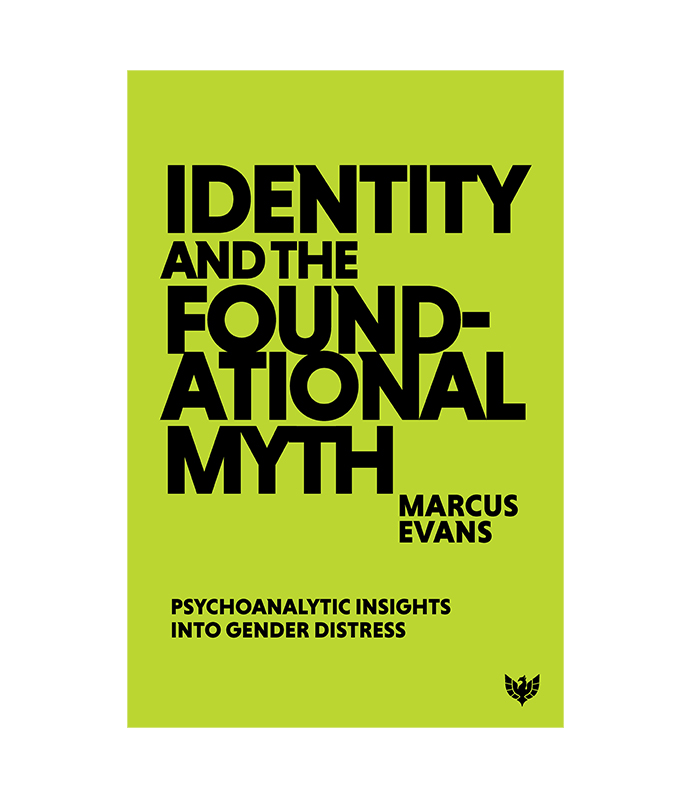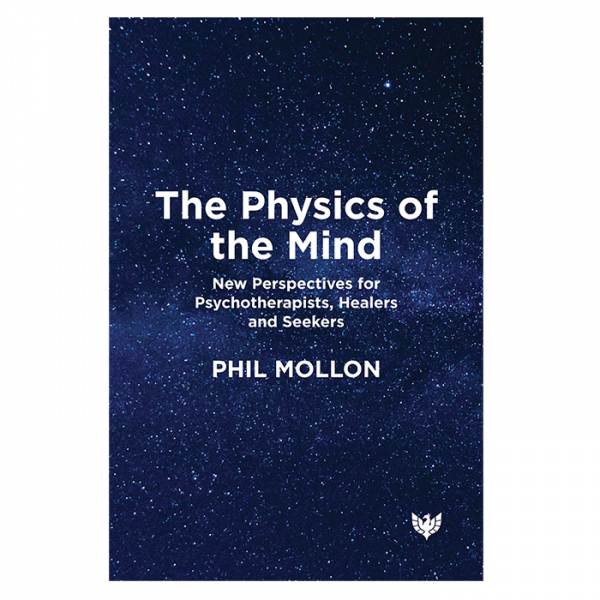The concept of identity is complex and affected by personal and cultural pressures. No more so than during adolescence, a time when we endeavour to find out who we truly are as our minds and bodies go through many changes, we start to disidentify with our families, and we are exposed to group attitudes and pressures. For many adolescents, puberty can feel like an unwanted betrayal by their own bodies. Their changing physicality seems to pull them further away from the self they imagine or wish to be and they struggle to reconcile their physical form with their sense of self.
This book explores gender distress through the lens of early childhood development with a focus on and elaboration of developmental interpretations and corresponding psychotherapeutic approaches. It builds on the work of Evans’ previous book, co-authored with Susan Evans, Gender Dysphoria: A Therapeutic Model for Working with Children, Adolescents and Young Adults (2021). As with his first book, it is based on continuous learning gained through clinical work with different patient groups. The analyst’s role is to remain curious and help patients explore and understand themselves in every aspect of their lives. Evans uses composite cases to chart the progression of therapy and show how psychological support can help individuals. The book includes a Preface from R. D. Hinshelwood and Foreword from Ron Britton. It is essential reading for all clinicians, practising therapists and trainees, as well as any other professionals who work with adolescents and young people.






Professor Heinz Weiß, Head of the Medical Department, Sigmund-Freud-Institute, Frankfurt am Main; Chair of the Education Section, International Journal of Psychoanalysis –
‘This is a moving and in-depth book of a psychoanalytical pioneer in the exploration of identity problems which accompany the individual over a lifetime. It is based on the author’s sound clinical experience and empirical knowledge and gives testimony of his courageous and unprejudiced journey with his patients throughout their crisis. At the same time, it goes to the heart of psychoanalytical ethics and the painful task to acknowledge some “basic facts of life” which we all would rather like to distort or omnipotently deny.’
Lisa Marchiano, LCSW, NCPsyA, Writer, Jungian Analyst, Podcaster –
‘Clear, compassionate, and comprehensive, Marcus Evans’ book is a substantial contribution to the literature on working psychodynamically with young people experiencing gender distress. A psychoanalytic approach to gender dysphoria allows the unique and complex stories of individuals to emerge, as can be seen in the extensive case material discussed in this volume.’
Dr Roberto D’Angelo, PsyD FRANZCP, MMed (Psychotherapy), MBBS, Member of the American Psychoanalytic Association, Psychiatrist, Psychoanalyst –
‘Over the last two decades, psychoanalysts have been challenged to respond in a meaningful way to the growing presence of transgender identities in our consulting rooms and social worlds. Radical revisions of theory and new clinical formulations have been proposed, along with increasing scepticism and rejection of existing psychoanalytic theories. In this volume, Marcus Evans convincingly demonstrates the relevance of Kleinian and object relations theories for transgender identities and the power of these theories to illuminate the intrapsychic worlds of young people experiencing gender distress. His work cautions us not to discard established psychoanalytic theorising in our zeal to rid psychoanalysis of limiting, heteronormative formulations.’
Rachel Acheson, Child and Adolescent Psychotherapist, Editor-in-Chief of the Journal of Child Psychotherapy –
‘The psychoanalytic community has struggled in recent years to apply the rigours of our thinking to the area of gender dysphoria, leaving services and clinicians without a framework for understanding and working with young people presenting in this way. Marcus Evans has been pioneering in applying established psychoanalytic thinking to this area, helping us to consider why the incidence of this presentation may have risen so dramatically and why we, as health professionals, have struggled to adequately respond. This book takes a compassionate approach in both the formulation and treatment of gender dysphoria, and will contribute greatly to these young people receiving respectful, ethical care.’